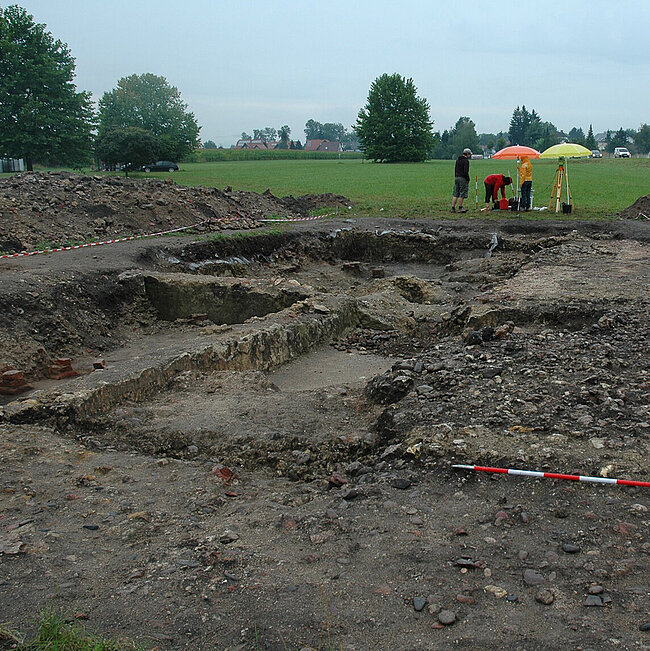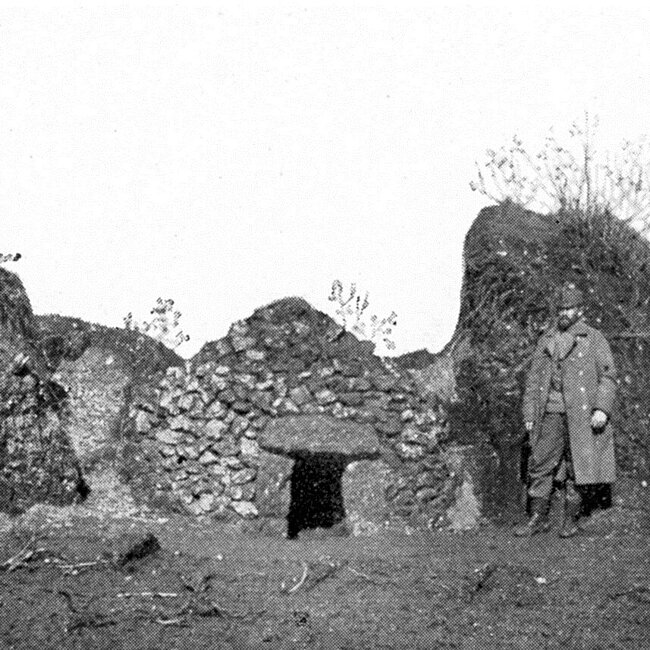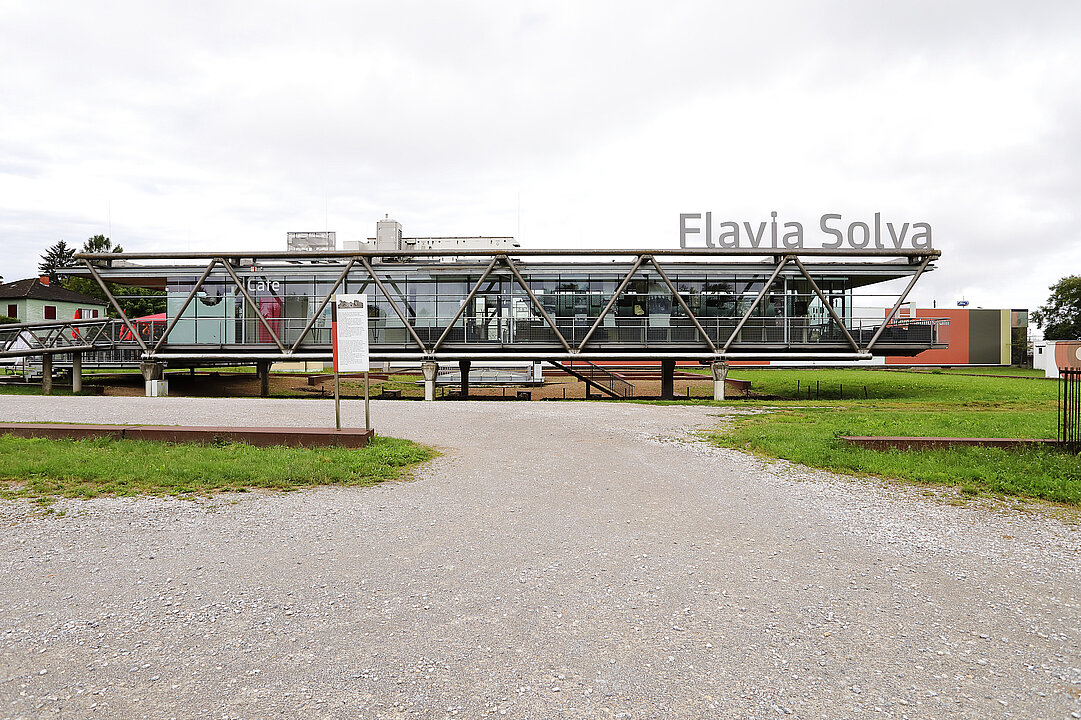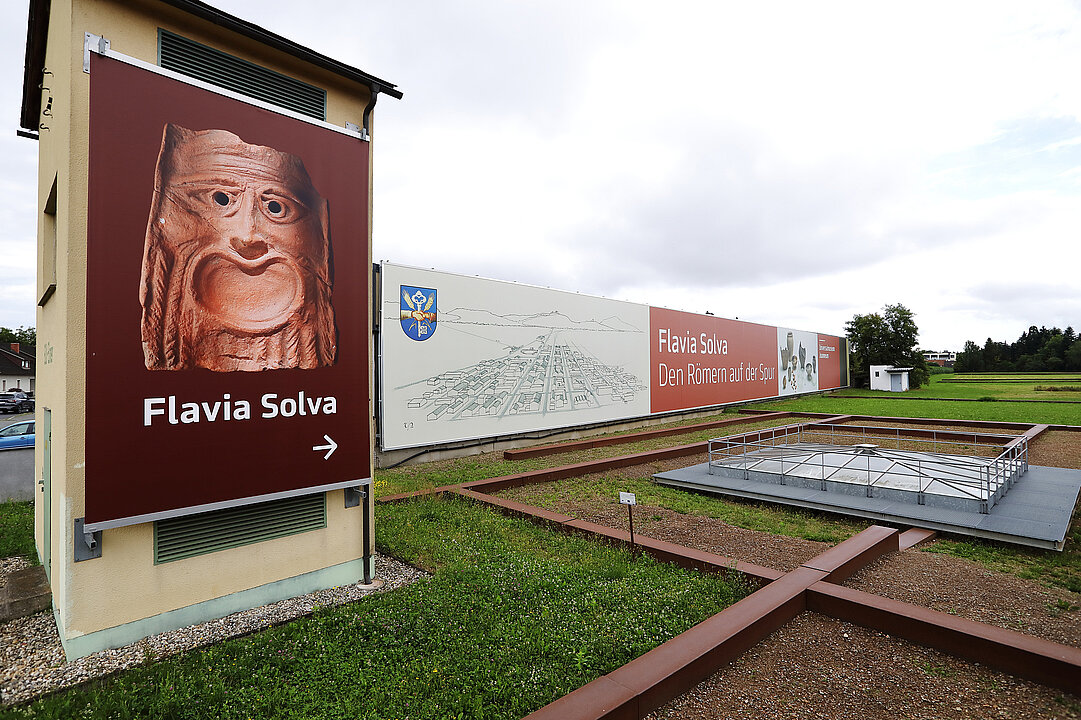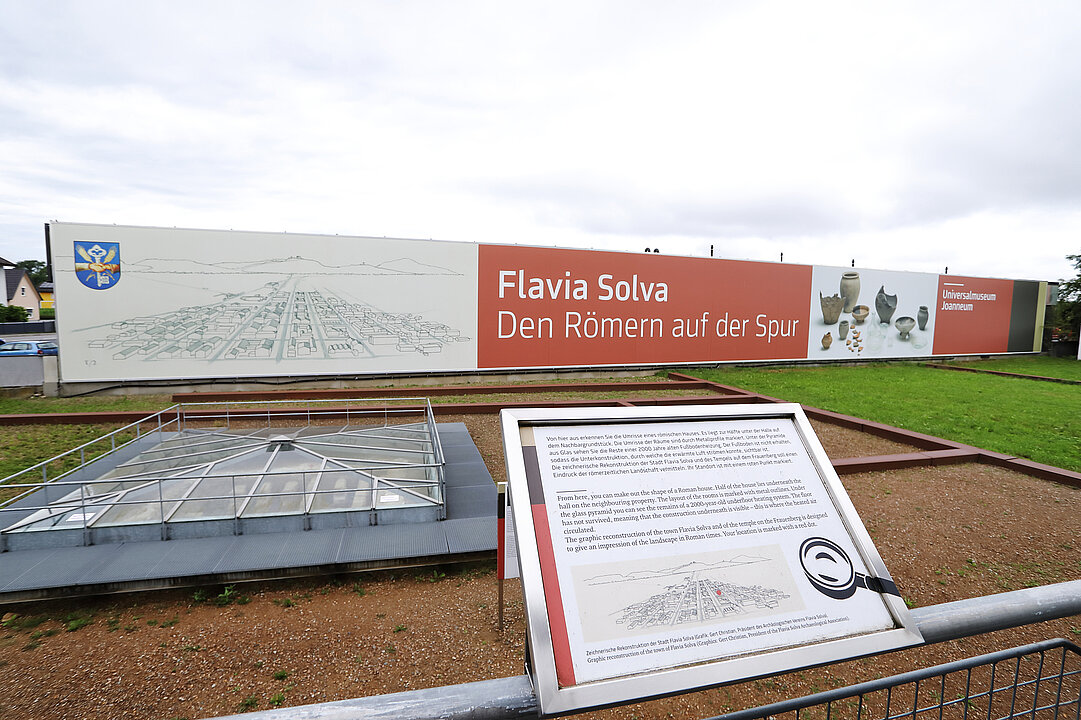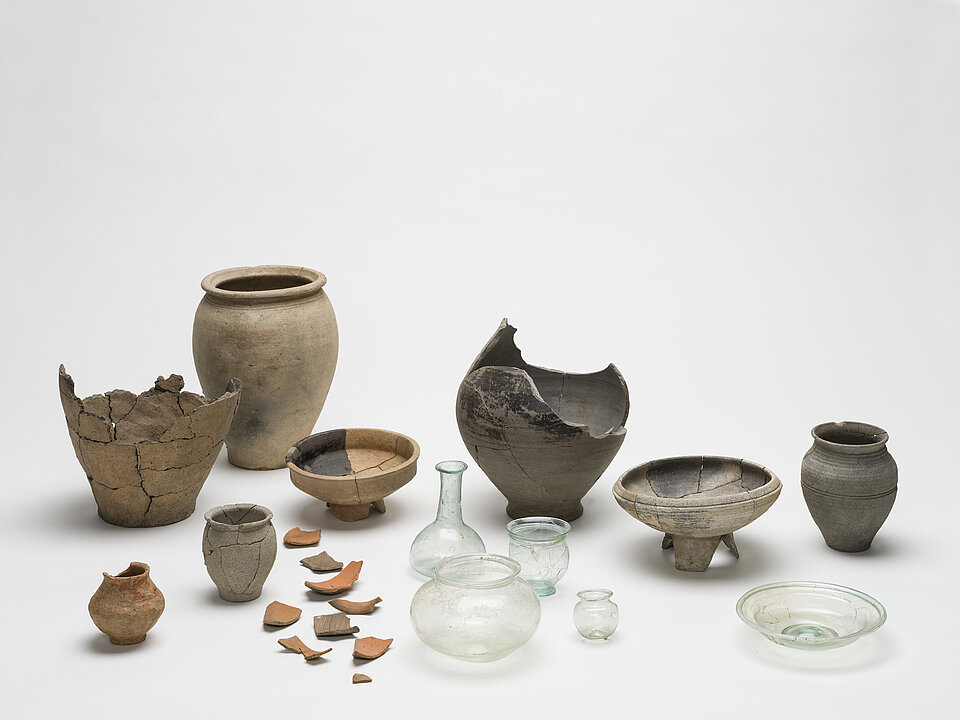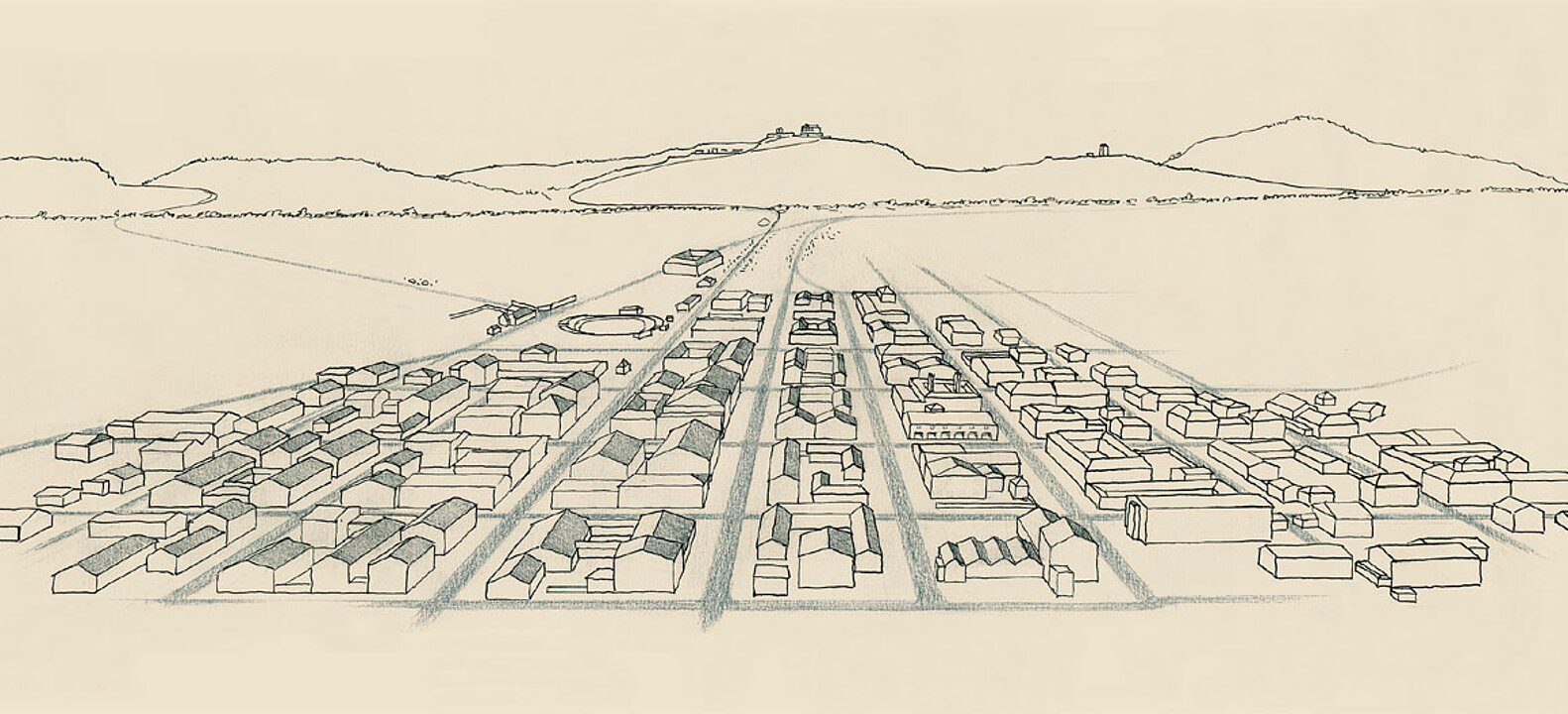Flavia Solva was one of the most cultivated towns in the Roman province of Noricum and is the most important Roman archaeological site in the country. Exhibits from over 140 years of archaeological research convey the feeling of ancient life at the original site!
Flavia Solva
Retracing the Romans
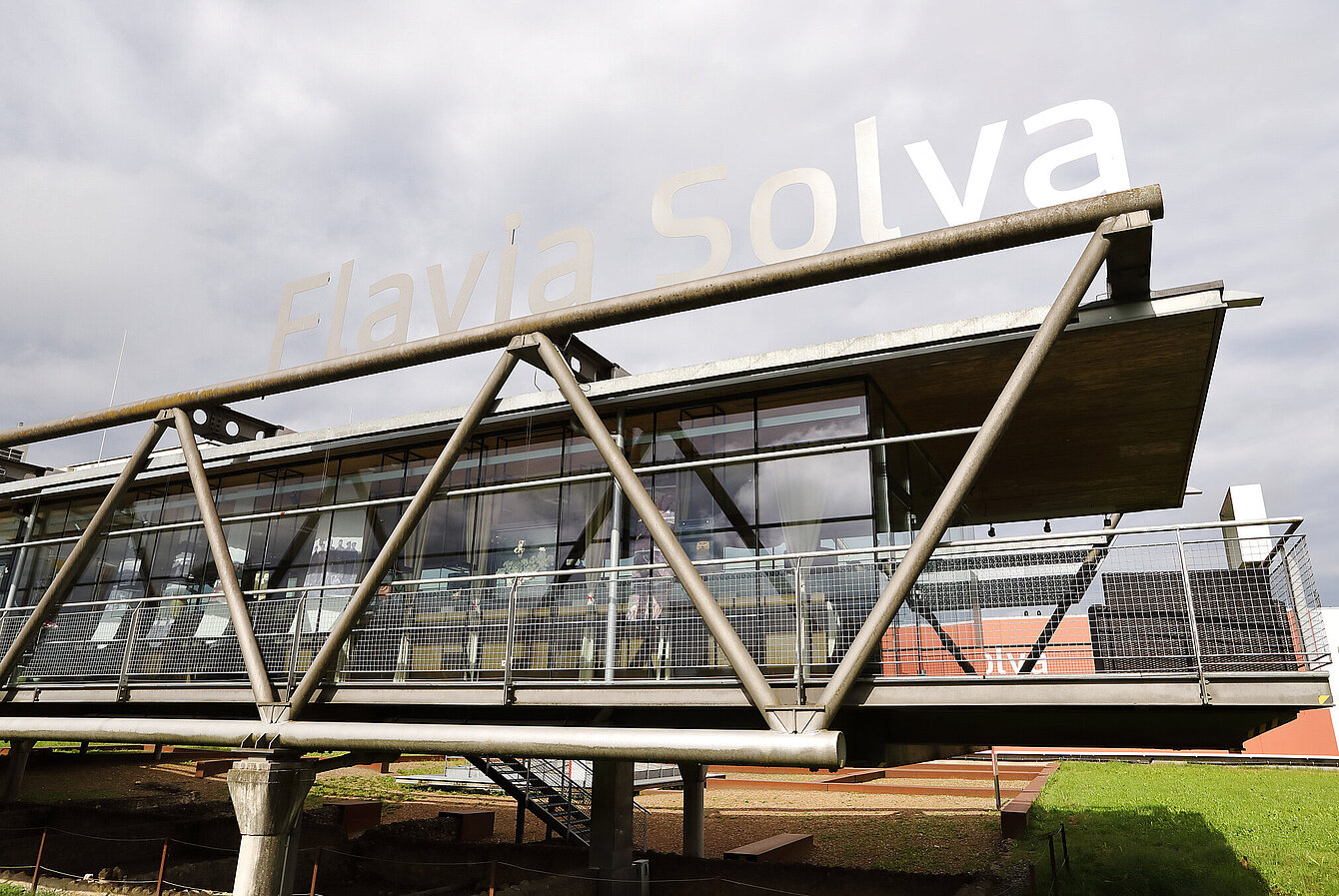
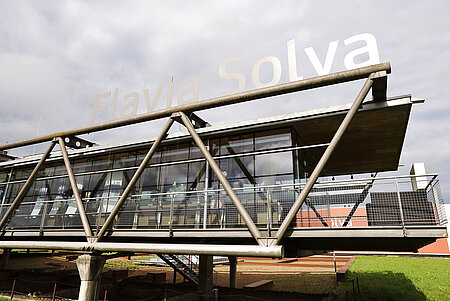
Image Credits
Location
Flavia Solva
Show all
About the exhibition
Relaunch and reopening
In May 2017, Flavia Solva underwent a relaunch that redefined the name of the site, the quality of the visitor experience and the on-site promotion.
The objectives of the project were to rename the site, to better visualise the former extent of the ancient city of Flavia Solva and to equip the outdoor area with additional information boards.
Many places in Flavia Solva had a clear view to the west, to the sanctuaries on the Frauenberg. At least the large temple on the hilltop plateau was easily recognisable with the naked eye. No traces of temples or public buildings have yet been found in Flavia Solva - with one exception: the location of the amphitheatre is known.
Flavia Solva was situated on a road that led from the Drava northwards to the Mur and upstream to the Mürztal. Two milestones found at the foot of the Kugelstein near Deutschfeistritz attest to the course of this road. Smaller roads led from Flavia Solva into the Laßnitz Valley, into the Sausal and eastwards into the Raab Valley. They were probably mainly used to supply Flavia Solva with everyday goods.
All these transport links are missing from the Roman lists of road stations. In Styria, only the so-called "Noric main road" is documented, which connected Virunum in Carinthia with Ovilava in Upper Austria and ran right through Upper Styria.
Flavia Solva has been redesigned together with its spatial surroundings. The new exhibition shows the most important objects from Flavia Solva's more than 140 years of research history in a completely new concept. The museum pavilion now presents itself as a showcase that can be enclosed from the outside. The defining element of the presentation is the history of Flavia Solva from the perspective of urban research. The conservation of the Roman ruins and the design of the 20,000 m2 outdoor area is also an important aspect of the new concept.
Since 2012, the new museum concept has made it possible to visit the permanent exhibition all year round with free admission around the clock.




















